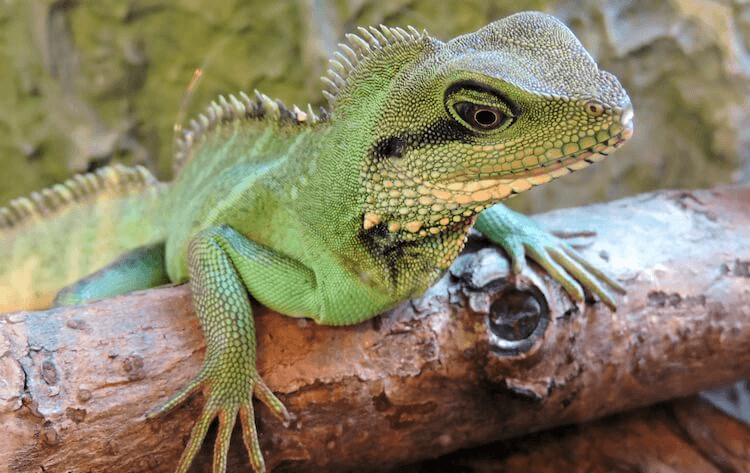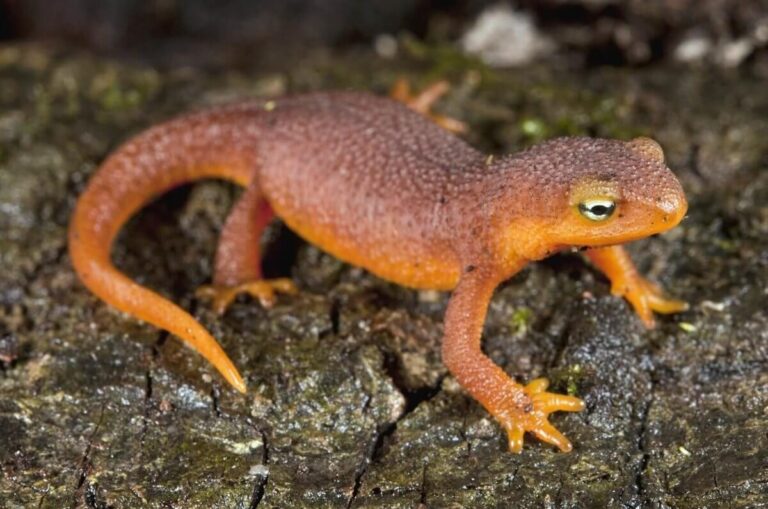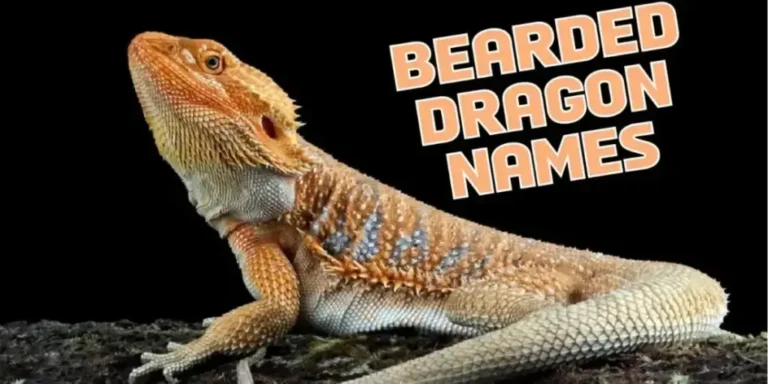Uromastyx (Spiny-tailed Lizard): A Comprehensive Guide
The Uromastyx, the spiny-tailed lizard, is a fascinating reptile adapted to arid and semi-arid regions. Known for its unique appearance and remarkable behaviors, this species has captured the attention of reptile enthusiasts and researchers alike. This article will dive deep into the scientific classification, physical characteristics, habitat, behavior, diet, reproduction, predators, conservation status, and more to provide an all-encompassing view of this incredible creature.
Contents
Scientific Classification
- Kingdom: Animalia
- Phylum: Chordata
- Class: Reptilia
- Order: Squamata
- Family: Agamidae
- Genus: Uromastyx
There are over 15 recognized species within the Uromastyx genus, with variations in size, coloration, and habitat distribution across the Middle East, North Africa, and parts of South Asia.
Physical Characteristics

Uromastyx lizards are most easily recognized by their spiny tails, covered in hard, sharp scales used for defense. Depending on the species, these reptiles generally grow between 10 and 36 inches in length and can weigh up to 3 pounds.
Coloration
The coloration of Uromastyx lizards can vary from shades of yellow, orange, green, and blue to more muted tones of brown or gray, which often change based on their mood, temperature, and the surrounding environment. Males tend to have brighter, more vivid colors than females, typically duller in appearance.
Tail
The lizard’s tail is muscular, flattened, and adorned with rows of spikes. This distinctive tail is a defensive weapon, often swung at predators to ward off them.
Habitat
Uromastyx species are primarily found in deserts, rocky regions, and scrublands. They inhabit regions stretching North Africa, the Middle East, and South Asia. These lizards are well-adapted to survive in hot, dry climates with extreme temperature fluctuations.
Burrowing
Uromastyx lizards are expert burrowers. They dig deep burrows, sometimes as deep as 10 feet, to escape the desert’s heat and to find shelter from predators. These caves also help regulate their body temperature, keeping them cool during the day and warm at night.
Behavior

Uromastyx are generally diurnal reptiles, meaning they are most active during the day. They are also known for their territorial nature—males, in particular, defend their space against other males. When threatened, these lizards retreat into their burrows, using their spiny tails to block the entrance, making it difficult for predators to follow.
Social Structure
While Uromastyx lizards are mostly solitary, during mating season, males compete for females, showcasing their dominance through body displays and tail whipping.
Temperature Regulation
Like many reptiles, Uromastyx are ectothermic, relying on external heat sources to regulate their body temperature. During the cooler mornings, they can often be seen basking in the sun to warm up before foraging for food.
Diet
Unlike many lizards, Uromastyx is predominantly herbivores, with their diet consisting mainly of vegetation, leaves, seeds, fruits, and flowers. In the wild, they consume hardy desert plants like grasses and legumes, which are high in fiber and low in water content.
Opportunistic Feeding
While their primary diet is plant-based, they occasionally consume insects during food scarcity, making them opportunistic omnivores in harsher conditions.
Reproduction
Uromastyx lizards reach sexual maturity at around 4 to 6 years. Their mating season usually occurs in the spring, with males exhibiting vibrant colors to attract females. After mating, females lay between 5 to 40 eggs, depending on the species.
Incubation
The eggs are typically buried in sand or soil, and the incubation period lasts between 70 to 80 days. The hatchlings are fully independent from birth and will start feeding on vegetation shortly after emerging from their nests.
Predators
While Uromastyx have a well-armored defense with their spiny tails, they still face predator threats. Common predators include:
- Snakes
- Birds of prey (e.g., hawks and eagles)
- Larger reptiles (e.g., monitor lizards)
Their burrowing behavior and tail defense mechanisms help them evade and fend off these threats.
Conservation Status
Many species of Uromastyx are currently facing population pressures due to habitat destruction, illegal pet trade, and over-hunting for their meat and skins. According to the IUCN Red List, some species, such as Uromastyx aegyptia (the Egyptian spiny-tailed lizard), are vulnerable. Conservation efforts are underway in certain regions to protect these lizards from further decline.
Threats
- Habitat loss due to agriculture and urbanization
- Over-harvesting for food and traditional medicine
- Climate change impacting their desert ecosystems
Interesting Facts
- Uromastyx lizards can go weeks without water, extracting moisture from the plants they consume.
- Their spiny tails are not just for defense—they also help the lizard balance while navigating rocky terrain.
- In some regions, Uromastyx lizards are considered a delicacy and are hunted for their meat, which is believed to have medicinal properties.
Evolutionary History
Uromastyx lizards are believed to have evolved over 50 million years ago, adapting to some of the harshest environments on Earth. Their herbivorous diet and burrowing behavior are thought to have helped them survive in arid climates where water and food sources are scarce.
The unique features of Uromastyx, such as their spiny tails and vegetation-based diet, distinguish them from many other lizard species and point to a long evolutionary history of adaptation to desert life.
Relationship with Humans
Uromastyx lizards have been both revered and exploited by humans throughout history. In some cultures, they are viewed as sacred creatures believed to bring good luck, while in others, they are hunted for meat and skins.
In recent years, Uromastyx lizards have become popular in the pet trade, although this has raised concerns about over-collection from the wild. As exotic pets, they require specialized care, including high temperatures, UV light, and a plant-based diet, making them a challenging species to maintain in captivity.
Conclusion
The Uromastyx is an intriguing and resilient reptile with its fascinating adaptations to desert life, unique physical characteristics, and herbivorous diet. Despite facing challenges in the wild due to habitat destruction and human exploitation, many species continue to thrive in their natural habitats, and conservation efforts are in place to protect vulnerable populations. Whether admired for their vibrant colors or defensive tails, Uromastyx lizards are one of nature’s remarkable survivors.
- Are Rottweilers Good With Kids? Reasons & Training Tips - 17 September 2025
- How Long Are Dogs Pregnant: Complete Guide - 16 September 2025
- German Shepherd Doberman Mix: Info, Pictures, Care & More - 11 September 2025




